Monsters of rock Metallica are back with their 11th studio album, 72 Seasons. Chronicling the marriage breakdown and anger-management struggles of the band’s lead singer, James Hetfield, it is the latest addition to a body of work that stretches back almost to the dawn of the metal genre itself.
So where do Metallica rank on the scale of headbanging greats? To begin to answer that question, here’s our pick of 20 essential heavy rock albums. For the sake of variety, we have restricted each band to one record. As ever, this list is intended to start a debate rather than conclude it. Readers will have their own views – and for those about to argue with our picks, we salute you.
20
Ten
Pearl Jam, 1991
Grunge was divided between indie bands who’d blundered into the mainstream and didn’t know how to deal with their success and old-school rockers who’d decided to try out the early-1990s vogue for gruff singing and miniature soul patches.
Eddie Vedder’s Pearl Jam, who emerged from the ashes of the hair metallers Mother Love Bone, were in the latter camp. Their debut album combined yowling vocals – a style technically called “marble mouth” – with freight-train guitars. The single Jeremy became the group’s early calling card. But the song that truly captured what Pearl Jam were about was Even Flow, which harked back to Hendrix and Led Zeppelin with its intricate riffing and crashing drums.
19
Ace of Spades
Motörhead, 1980
Motõrhead’s fourth album – or fifth if you include On Parole, which was released against the band’s wishes – was their snarling riposte to claims that they were part of the New Wave of British Heavy Metal scene that had erupted in the late 1970s and was embodied by groups such as Saxon and Diamond Head. “Motörhead don’t fit into any category, really,” said the band’s frontman, Ian “Lemmy” Kilmister. “We’re not straight heavy metal, because we’re a rock’n’roll band, which no one knows how to market any more.”
He proved that point with this tectonic tour de force, a project that took no prisoners and refused to be defined by anything other than its raw power. “A masterpiece,” declared Spin magazine, which claimed Ace of Spades “permanently mutated the DNA of thrash-metal innovators like Metallica”.
18
2112
Rush, 1976
Prog rock embraced the mosh pit with this thunderous sci-fi odyssey informed by, of all things, the bonkers right-wing philosopher Ayn Rand. With most artists, a concept album inspired by a libertarian philosopher queen would be the kiss of death. (The lyrics are by the drummer Neil Peart, who would later describe himself as a left-leaning libertarian.) But Rush took those unpromising ingredients and distilled from them a raw and uncanny majesty.
It is a masterpiece in service of a truly loopy narrative. Side one of the album contains the single 20-minute title track, which tells the story of the city of Megadon, “where individualism and creativity are outlawed with the population controlled by a cabal of malevolent priests who reside in the Temples of Syrinx”.
“It’s built to be played loud on headphones, late at night, all alone, staring at the wall,” said Rolling Stone – as good a description as any of a project that concludes its first side with a spoken-word message, “Attention all planets of the Solar Federation: We have assumed control.”
17
Van Halen
Van Halen, 1978
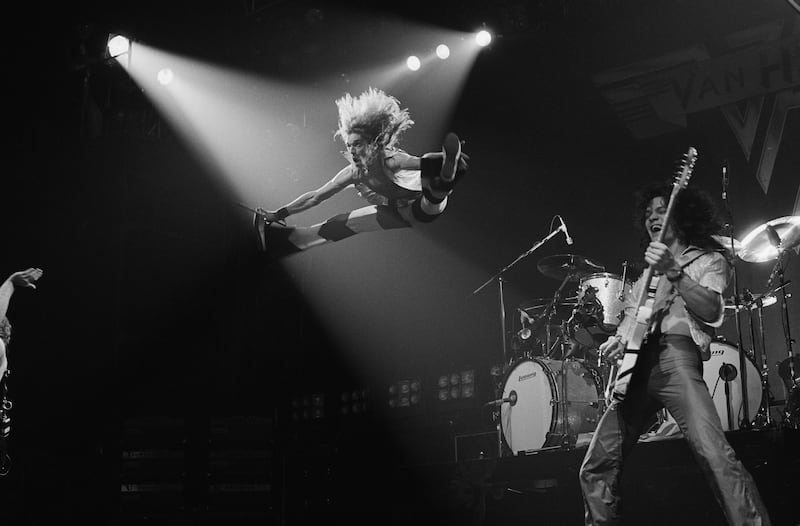
Van Halen’s debut secured its place in the hard-rock hall of fame with Eddie Van Halen’s magisterial solo on the instrumental Eruption. But the group were no one-trick show ponies; the LP also contains the future classics Runnin’ with the Devil and Ain’t Talkin’ ’bout Love.
“When I heard the sound of Eddie’s guitar, just the pure sound he made, it was magical,” Alex Skolnick of the band Testament told Classic Rock in his appraisal of the album. “I never knew a guitar could sound like that. It just kind of reached out and grabbed me like nothing else had before.”
16
Lateralus
Tool, 2001
Prog-metallers Tool returned from a five-year hiatus with a visceral, sprawling record that redefined the scope of metal. “Intentionally excessive,” said the Los Angeles Times, adding that the album’s head-spinning ambition “lies in recapturing and refining the band’s fanatical commitment to substance – literal, bone-crushing substance in the form of oppressive guitars and chilling ruminations on decay and dementia”.
It praised Lateralus for “looking to reconnect with the Tool faithful while being true to its mental machine music”.
15
Prequelle
Ghost, 2018
Are Ghost in on the joke? The degree to which this Swedish band – consisting of singer Papa Emeritus and his “faceless ghoul” backing musicians – have a tongue in cheek as they cycle through the A to Z of metal cliches is a matter of ongoing debate. But there’s little questioning their ear for an anthem, and their fourth album is stuffed with them, including the silly and glorious post-New Wave of British Heavy Metal banger Dance Macabre.
14
Leviathan
Mastodon, 2004
No heavy-metal countdown could be complete without at least one concept album inspired by Herman Melville’s Moby Dick. And that is what we get with Mastodon’s masterful sludge odyssey Leviathan, a record full of foamy wonder while rippling with the portent of dark forces under the surface.
13
British Steel
Judas Priest, 1980
As the 1980s dawned, the New Wave of British Heavy Metal scene was at its peak. And so it was the perfect moment for Judas Priest to unleash the turbocharged British Steel. The Birmingham band “are waging a war”, said Rolling Stone, noting the project’s ferocity. “On British Steel, they even sound like they’re winning.”
12
Slipknot
Slipknot, 1999
The mask is always slipping with Slipknot, a pummelling metal band whose songs serve as stealthily sincere odes to friendship and solidarity. They are at their rawest on their first album, as, concealed behind grotesque fancy dress, they unload a fusillade of suburban kid rage. They edge out Linkin Park and Hybrid Theory as the token “rap metal” act in our countdown.
11
Pyromania
Def Leppard, 1983
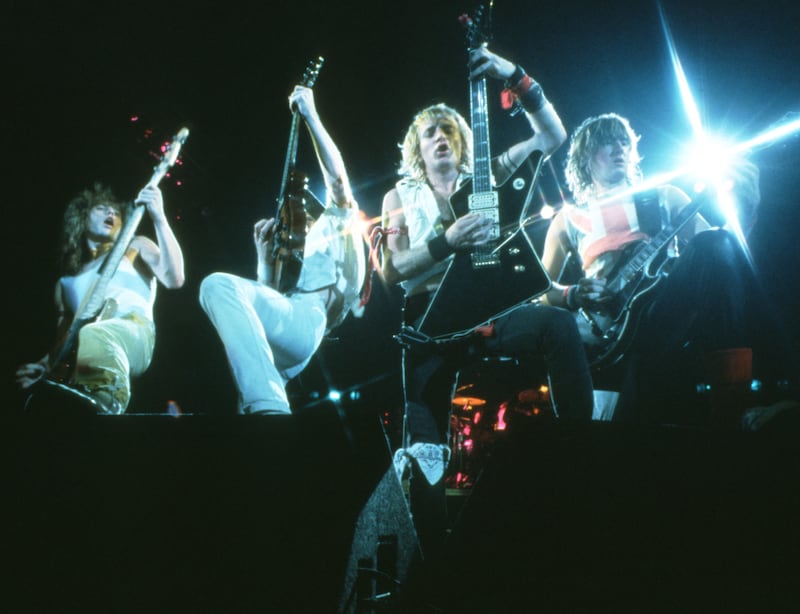
As with Metallica (see below), fans will differ on which is the definitive Def Leppard album. For many it will be their commercial breakthrough, which sold 12 million copies and saw them walk the line between thunderous and cheesy. Some Leppard fans complained that the producer Mutt Lange had knocked all the edges off. But the band’s lead singer, Joe Elliott, knew they had done something special when he bumped into Thin Lizzy’s Phil Lynott. “He put his hand on my shoulder and said, ‘I heard your album – it’s the reason I’ve split the band. I can’t compete with that.”
[ Phil Lynott: ‘Being Irish meant everything to him’Opens in new window ]
10
Are You Experienced
The Jimi Hendrix Experience, 1967

Blues, psychedelia and confessional pop all come together majestically on Jimi Hendrix’s early masterpiece. At the time nobody quite got it. “Above all this record is unrelentingly violent, and lyrically, inartistically violent at that,” tutted Rolling Stone. Yet these viscerally negative responses merely underscored the degree to which Hendrix was ahead of his time. At the height of the hippy era, he saw a darkness on the horizon – and the sense of ominous forces massing just out of sight pulsates through this majestically disorienting record.
9
The Number of the Beast
Iron Maiden, 1982
Say “heavy metal” and a lot of people will think of Iron Maiden, with their skeleton effigy Eddie and songs that have the spooky thump of a Boris Karloff movie. They were part of the New Wave of Britishg Heavy Metal movement that, by one reckoning, spawned “more than 1,000 bands” – and directly inspired Metallica. But Maiden quickly broke free: The Number of the Beast was their first UK number one and the album that broke them in the United States.
8
Led Zeppelin IV
Led Zeppelin, 1971
Any of half a dozen Led Zeppelin albums would deserve a place on any hard-rock countdown. But the consensus is that their fourth is the most definitive and enduring. It starts with Black Dog – a reference not to depression but to a Labrador they befriended while recording at Chris Blackwell’s Island Studios – and from there taps into JRR Tolkien via The Battle of Evermore and Misty Mountain Hop. It all culminates in Stairway to Heaven, first performed at the Ulster Hall in Belfast in March 1971 and a tune so bound up in the DNA of rock’n’roll it is impossible to imagine the genre without it.
7
Back in Black
AC/DC, 1980
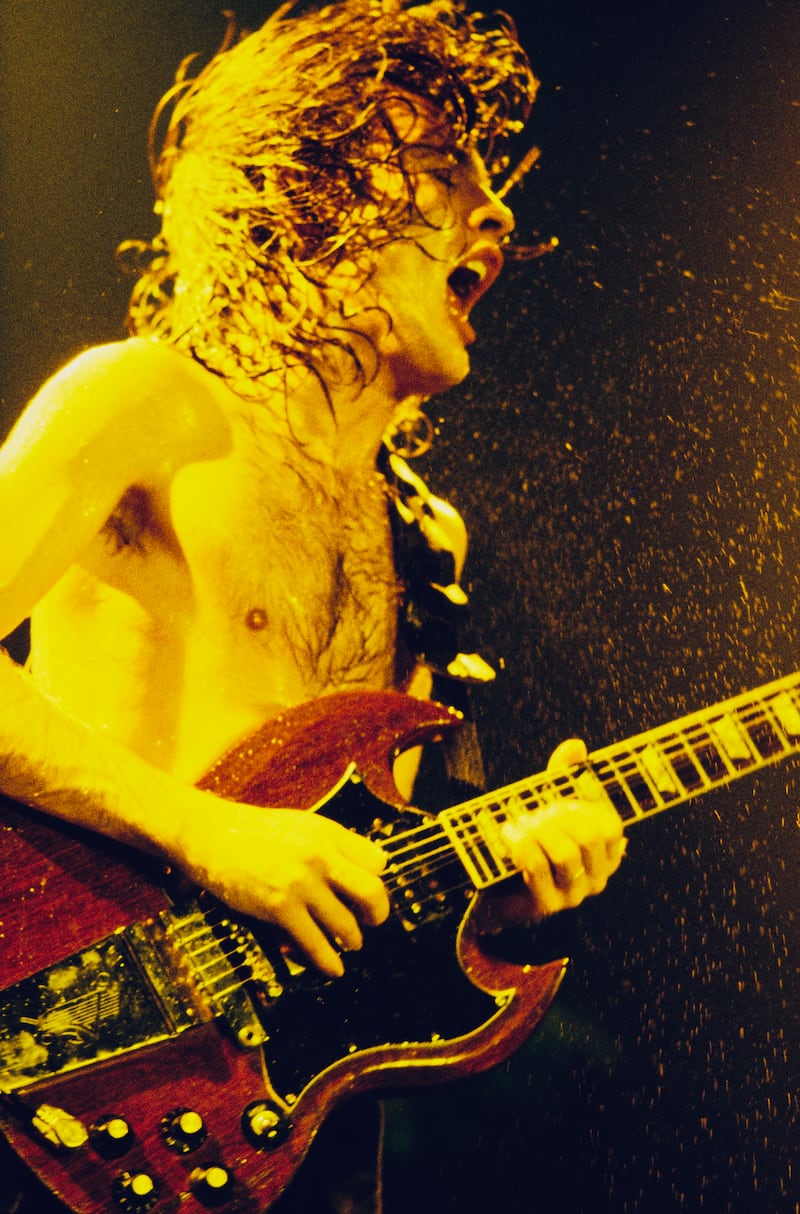
AC/DC began their glorious second chapter with their 1980 masterpiece, the first of their albums to feature Brian Johnson as lead singer. It’s a rattling, rollicking collection of bluesy barnstormers, the music rotating around the divine simplicity of Angus Young’s cascading riffs. Here is the sound of a band knowing what they are good at and sticking to it.
6
Live and Dangerous
Thin Lizzy, 1978
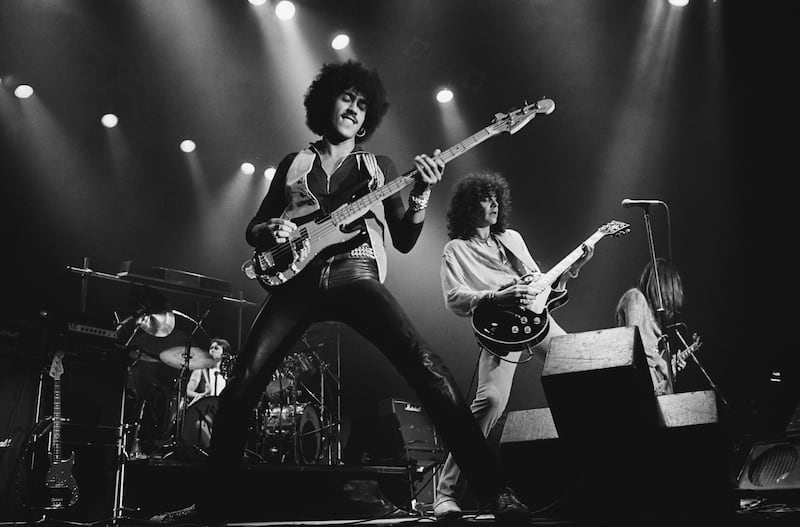
The Dublin desperados reinvented the “live album” with an album that, according to who you listen to, may not be all that live. (Its producer Tony Visconti said 75 per cent of the recordings were added later, in the studio.) Regardless of how much of what you hear was truly recorded at Hammersmith Odeon in 1976, Phil Lynott was never more iconic than when negotiating hits such as Jail Break and The Boys are Back in Town. “That was us at our best,” the band’s guitarist Scott Gorham would say. “Before the bad drugs came in.”
5
Songs for the Deaf
Queens of the Stone Age, 2002
From out of the deep desert of Joshua Tree, California, Josh Homme’s quasi-supergroup came roaring in with their definitive collection of apocalyptic stoner metal. It was a career high for the late Mark Lanegan, who provides gruff guest vocals on three songs. Songs for the Deaf also marks the return of Dave Grohl, the Foo Fighters leader, to the drum kit he had manned so explosively with Nirvana.
4
Paranoid
Black Sabbath, 1970
A foundational voice in what would become known as heavy metal, Black Sabbath took the British blues sound of the late 1960s and filtered it through Ozzy Osbourne’s anti-establishment irascibility and Tommy Iommi’s sheet metal fretwork – and never more ferociously than with their second album, which contains lumbering monsters such as Iron Man, Paranoid and War Pigs – a diatribe against conflict-zone profiteering that resonates to this day.
3
Metallica
Metallica, 1991
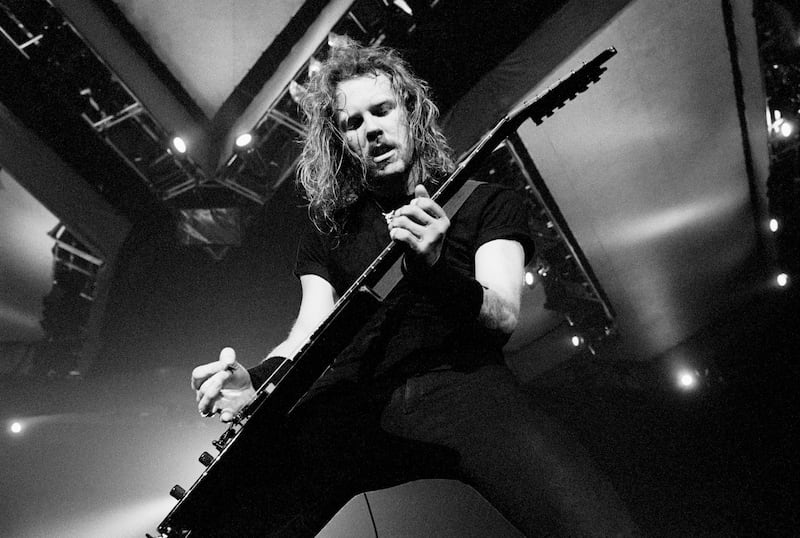
Purists will tell you Master of Puppets and Ride the Lightning are the definitive Metallica documents. In terms of crossing over to the mainstream and remaking the charts in their image, though, it is hard to look beyond the LP that would become known as the Black Album and yield highlights such as Enter Sandman, The Unforgiven and Nothing Else Matters, one of the greatest ever metal power ballads.
2
Appetite for Destruction
Guns N’ Roses, 1987

Reasonable adults will agree to disagree about whether Guns N’ Roses were part of the 1980s hair-metal scene. But while their bandannas were worn proudly and their perms were undeniable, there existed at the heart of their music a compelling darkness that set them apart from the peacocking Mötley Crüe and Poison. And that was the quality that drove their masterpiece, a record on which Axl Rose poured his childhood traumas into songs that rattled like a freight train in the night.
[ Managing chaos: ‘Guns N’ Roses were really out of control’Opens in new window ]
1
Nevermind
Nirvana, 1991
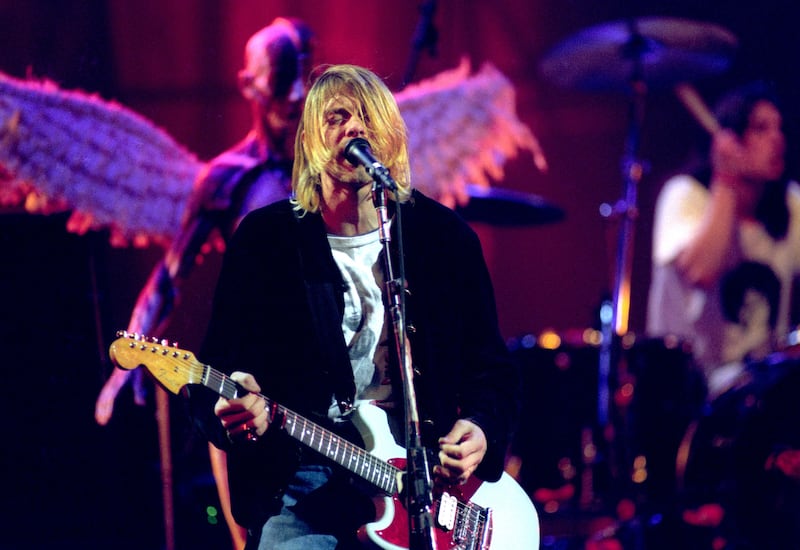
Nirvana’s second album stands at the intersection of heavy metal and alternative rock. Kurt Cobain was uneasy at being feted by headbangers and, even more so, by the jocks and cheerleaders whom he regarded as the antithesis of Nirvana’s indie credentials. Yet in terms of sheer eardrum-troubling power, you can’t argue with the propulsive punch of In Bloom, Lithium and the quintessential generational anthem Smells Like Teen Spirit.



















